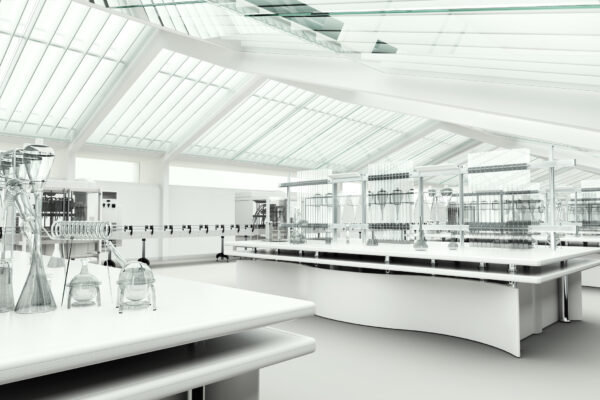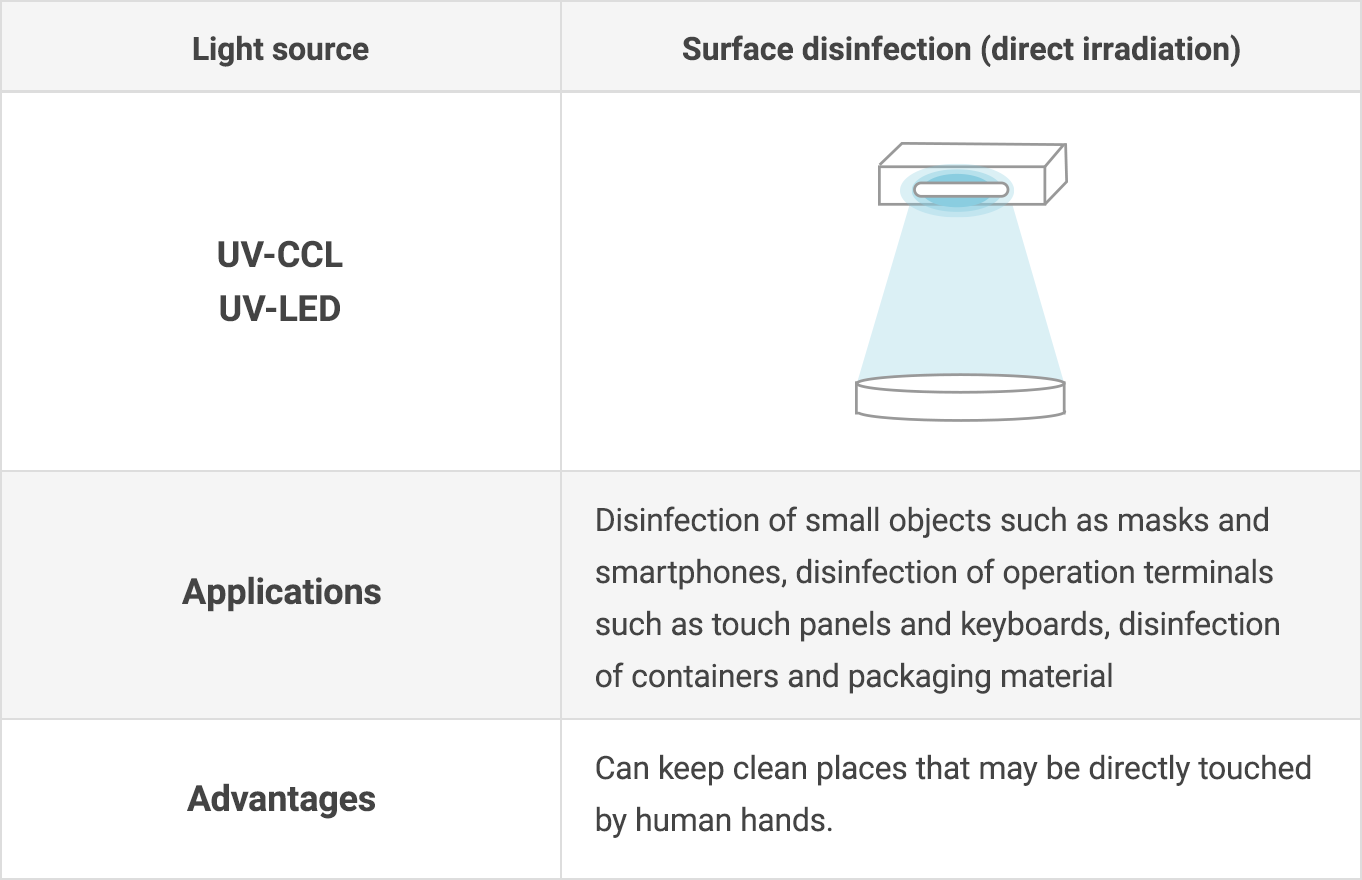Discover the Perks of UV Surface Disinfection: Effective and Eco-Friendly Cleanliness
Discover the Perks of UV Surface Disinfection: Effective and Eco-Friendly Cleanliness
Blog Article
UV Sanitation: The Cutting-Edge Innovation Transforming Sanitation Practices
In the world of cleanliness techniques, one modern technology has actually emerged as a game-changer: UV sanitation. From health care settings to food processing, UV sanitation is making its mark in various markets.
How UV Disinfection Functions
UV disinfection works by utilizing ultraviolet light to damage or suspend microbes, supplying a chemical-free and highly effective technique of sanitation. This modern technology takes advantage of the power of short-wavelength UV-C light, which can damaging the DNA and RNA of microbes, thus making them unable to duplicate and trigger harm.
The procedure begins with the setup of UV sanitation systems, which are composed of UV lamps that give off UV-C light. These lights are tactically positioned in locations where microbial contamination is a concern, such as water treatment plants, hospitals, labs, and food handling facilities.
When microbes are revealed to UV-C light, the photons penetrate their cell walls and get to the DNA and RNA within. The high-energy UV-C photons interrupt the genetic material by producing bonds in between nearby nucleotides, causing the development of thymine dimers. These dimers avoid the microbes from replicating, making them harmless.
UV disinfection is extremely reliable versus a large range of microbes, including bacteria, parasites, and infections. It is particularly reliable against waterborne microorganisms like E. coli, Giardia, and Cryptosporidium. UV disinfection is a chemical-free method, getting rid of the need for potentially harmful anti-bacterials and reducing the threat of unsafe sanitation spin-offs.
Benefits of UV Sanitation
UV sanitation uses numerous benefits in the area of hygiene, making it a very liked approach for effectively eliminating damaging microbes. Among the crucial advantages of UV disinfection is its ability to give a chemical-free option. Unlike standard sanitation approaches that depend on chemicals, UV sanitation utilizes ultraviolet light to destroy the DNA of microorganisms, rendering them not able to replicate and cause infections. This not just removes the requirement for potentially dangerous chemicals however likewise minimizes the threat of chemical deposit on surface areas.

UV sanitation is likewise very versatile in its applications. It can be used in different setups, consisting of medical facilities, institutions, food processing facilities, and water treatment plants. UV sanitation systems can be easily integrated into existing hygiene techniques, giving an added layer of defense against infectious illness.
Along with its performance and flexibility, UV sanitation is also eco pleasant. It does not produce any type of damaging results or residues, making it a lasting and secure technique for cleanliness - uv surface disinfection. Moreover, UV disinfection needs very little upkeep and has a long life expectancy, resulting in cost savings over time.
UV Disinfection in Medical Care Settings
In health care setups, UV disinfection has emerged as a revolutionary approach for successfully getting rid of dangerous microorganisms. UV sanitation functions by giving off ultraviolet light at a details wavelength that is deadly to microorganisms, viruses, and other bacteria.
To start with, UV sanitation is a non-chemical method, making it an ecologically pleasant alternative contrasted to conventional disinfection techniques that often involve making use of extreme chemicals. Using UV light removes the demand for chemical disinfectants, decreasing the danger of harmful residue or chemical exposure to both clients and medical care employees.
In addition, UV disinfection is highly effective in killing a wide variety of microbes, including drug-resistant germs such as MRSA and C. difficile. It gives a reputable and consistent disinfection procedure, making certain that all surfaces and equipment are extensively sanitized, even in hard-to-reach areas.
UV Disinfection in Food Handling
The application of UV sanitation prolongs past health care setups and discovers substantial worth in the realm of food handling. uv surface disinfection. UV sanitation modern technology is becoming significantly popular in the food industry due to its capacity to properly remove hazardous microorganisms and enhance food safety and security
Among the primary advantages of UV disinfection in food processing is its ability to target a large range of bacteria, consisting of viruses, molds, and bacteria. By utilizing UV light at specific wavelengths, it is feasible to disrupt the DNA and RNA of these virus, providing them not able to create or duplicate injury. This innovation can be related to different stages of the food handling chain, including surface sanitation, tools sanitation, and water therapy.
UV disinfection provides a non-thermal and chemical-free technique of sterilizing food products. Unlike traditional disinfection techniques that rely upon chemicals or heat, UV innovation does not leave any type of deposit or alter the preference, texture, or nutritional value of the food. This makes it over here a suitable solution for sectors that call for strict adherence to high quality standards.
Moreover, UV disinfection systems are simple to operate and mount, requiring very little maintenance. They can be incorporated right into existing processing lines without triggering significant disturbances to the manufacturing go to this website process. Furthermore, UV systems have a quick treatment time, enabling constant handling and decreasing downtime.
The Future of UV Sanitation

One location where UV sanitation is expected to make significant improvements remains in the area of medical care. With the increase of antibiotic-resistant microorganisms and the demand for extra effective disinfection techniques, UV light has the potential to play a vital duty in decreasing healthcare-associated infections. UV sanitation systems can be used to decontaminate surfaces, equipment, and also the air in healthcare facilities, aiding to avoid the spread of unsafe pathogens and improve person security.
An additional industry that can benefit from improvements in UV disinfection technology is the food market. UV light has currently shown to be an effective method for sanitizing foodstuff and decreasing the threat of foodborne diseases. As technology boosts, we can expect to see more efficient and cost-effective UV disinfection systems being implemented in food processing plants, making certain that the food we consume is secure and without harmful germs.
Conclusion
In conclusion, UV disinfection is a cutting-edge modern technology that is transforming hygiene techniques in medical care settings click for more and food handling. By utilizing UV light to kill or shut down microorganisms, it supplies countless benefits such as effectiveness, safety, and performance. With continuous improvements in this field, UV sanitation holds excellent prospective for the future of hygiene, supplying a lasting and trustworthy option for preserving tidy and hygienic settings.
UV sanitation is a chemical-free method, getting rid of the requirement for possibly hazardous disinfectants and lowering the danger of hazardous sanitation spin-offs.
Unlike traditional sanitation methods that count on chemicals, UV disinfection uses ultraviolet light to destroy the DNA of microorganisms, making them unable to replicate and create infections. Unlike traditional sanitation techniques that count on chemicals or heat, UV technology does not leave any residue or alter the preference, structure, or nutritional worth of the food. As technology boosts, we can expect to see extra affordable and reliable UV sanitation systems being carried out in food processing plants, making sure that the food we consume is secure and totally free from unsafe microorganisms.
In verdict, UV disinfection is an innovative modern technology that is changing hygiene techniques in healthcare settings and food processing.
Report this page